
Carpigiani and Acomag for the promotion of Artisan Gelato
Artisan GelatoIn 2025, Acomag released a clear and comprehensive document, in collaboration with UIF – Prodotti per il Gelato, that precisely defines what Artisan Gelato is and outlines its main production stages, highlighting the value of ingredients, technologies, and artisanal expertise.
As an Acomag member, Carpigiani fully embraces the association’s mission to promote the culture and quality of Italian Artisan Gelato Tradition, supporting education, research, and technological innovation to empower gelato artisans around the world.
Below is an excerpt from the document summarizing its key points.
The definition of the product
Artisan gelato, made in the traditional Italian way, is obtained with mixtures of ingredients brought to a creamy-doughy state and to consumption temperature by rapid freezing, in an open cylinder, of most of the water contained and simultaneous agitation, which allows the natural incorporation of air. In general, milk-cream-based gelatos and milk-free gelatos (based on fruit, sugar, and water) defined as sorbets, are distinguished.
Quality and hygiene
Artisan handcrafted gelato is preferably prepared fresh every day, with wholesome ingredients of verified quality and with strict compliance with hygiene standards.
Primary and characterizing ingredients
Common primary ingredients are used, such as milk and/or its derivatives, cream, fats, eggs and/or egg products, sugars, water and usually emulsifiers/thickeners with standardization excipients (neutral) and/or bases, to which added, to complete the blend, the secondary characterizing ingredients, such as fruit and/or its derivatives, compound ingredients (semi-finished products), creams, pastes, cocoa, chocolate, dried fruit, etc.
Production Method
The essential phases of processing "Artisan Gelato of Italian Tradition" are briefly described as follows:
• Mixing – Emulsification: This is carried out with a mixer (immersion, countertop, or pedestal) to adequately prepare the ingredients for subsequent processing.
• Pasteurization: The mixture is heated to temperatures between 65°C and 90°C, followed by cooling. This process is mandatory for legally required ingredients.
• Aging: Following pasteurization, aging allows for the hydration and stabilization of ingredients, improving product quality.
• Batch freezing: Performed exclusively using open-cylinder batch freezers, ensuring the characteristic creamy texture of Italian artisan gelato.
• Blast Freezing: A rapid cooling process to prevent large ice crystal formation, preserving texture.
• Storage and Display: Short-term storage at -10/-12°C or lower for service (depending on local legislation), long-term storage at -18°C or lower.
• Sale: The gelato is traditionally scooped to enhance creaminess and flavor perception.


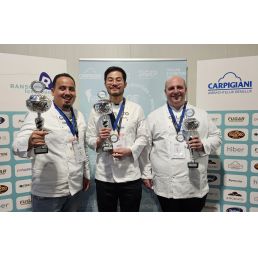






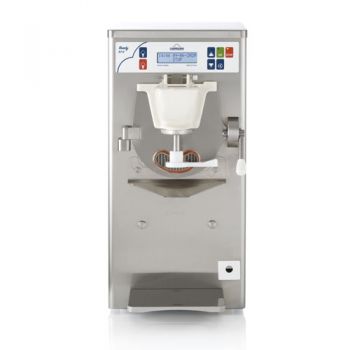
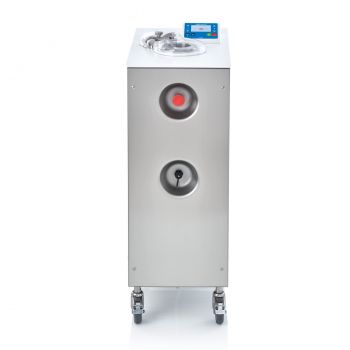
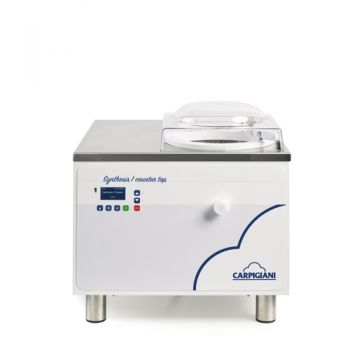

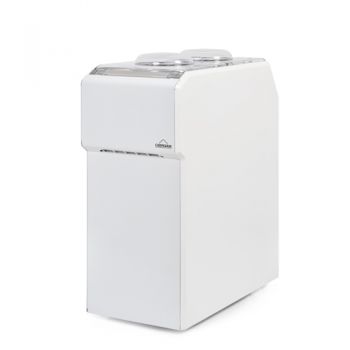
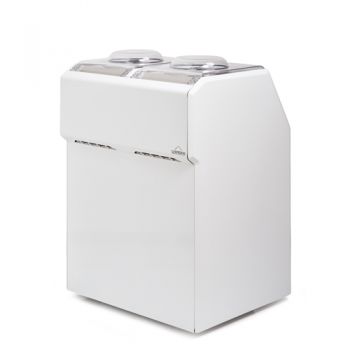








 United Kingdom
United Kingdom